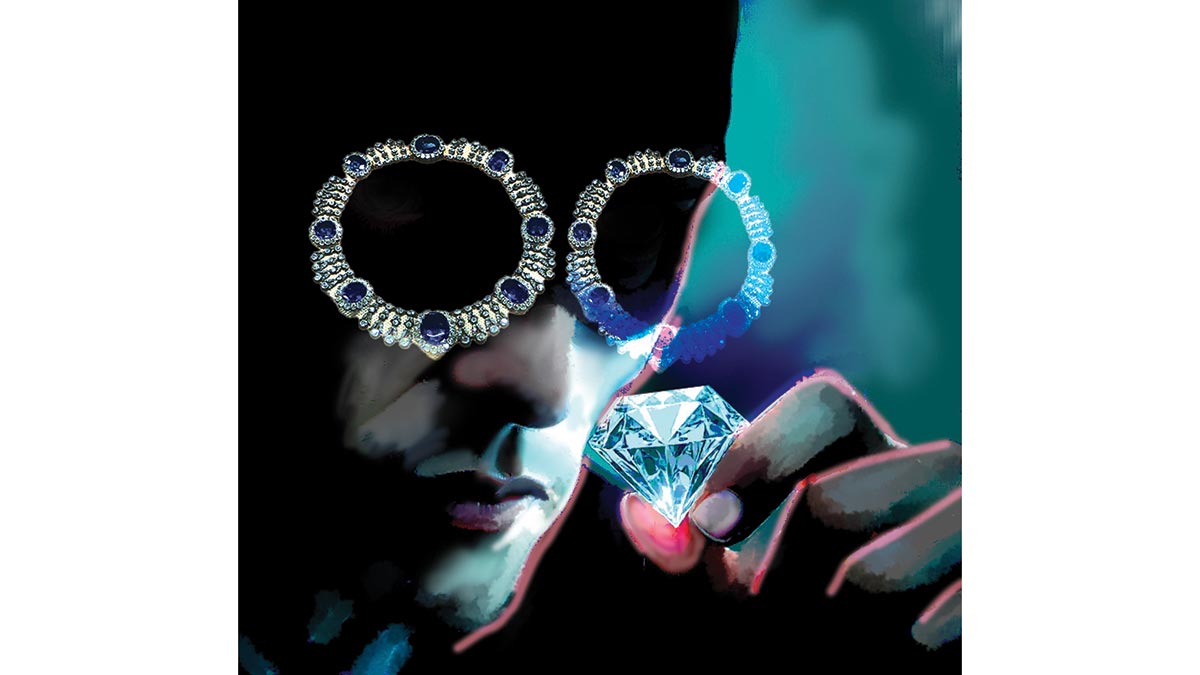Conmen and other lovable rascals-II

A year ago, this column discussed why we love felons. That was after two convicts escaped by scaling the walls of a Haridwar jail, wearing monkey costumes. The jailers sat and watched, thinking they were watching Ramlila. As discussed then, there is a charming ingenuity about such rascality. Look at the number of films that have been churned out about jewel thieves, jail-breakers, conmen, train robbers and bank robbers—from the old wagon heists of the American Wild West and The Great Train Robbery of England to our Dev Anand’s Jewel Thief, MGR’s Ninaithadhai Mudippavan, Dharmendra’s Shalimar, Bachchan’s Mr. Natwarlal, Sholay, and several recent Akshay Kumar films. The heroes conned tycoons, hoodwinked landlords, sneaked out of prisons, robbed banks, stole jewels and our hearts. All men of ingenuity and a lovable streak of daredevilry.
Many readers told me that such ingenuity was no longer possible in the modern world of digital vigilance. Sentries no longer shout “halt, who goes there?”, but digital alarms beep, e-boom barriers block passages, and 360-degree-eyed robots shoot intruders. Prisons, treasure houses, bank vaults and state secrets are safer in the digital world than in the world of Natwarlals.
Sorry, champions of e-vigilance! There are minds cleverer than your gizmos. Recall how two years ago a few electronically naked fellas sneaked in through the world’s strongest guarded border fence without alerting a single alarm, and started another war in the Middle East? A nearly illiterate murder convict recently broke out of the max-guarded prison in India’s most literate state by growing a beard to hoodwink the cameras, and fasting himself thin so as to slip through bent window bars. The guy erred in his post-egress flight plan and got caught within hours.
A few Parisian felons have outdone everyone. They have broken into the Louvre, one of the world’s richest and most guarded museums, and sped away with a few crown jewels of France’s last imperial household—a tiara, a necklace and earrings that belonged to Duchess Maria Amalia of Parma and Napoleon’s stepdaughter Hortense, an emerald necklace and earrings of Napoleon’s wife Marie Louise, a tiara, a bodice bow and the crown of Napoleon III’s wife Eugénie, together priced at $150 million or more.
What sport! They came wearing flashy workmen’s clothes one bright autumn morning when visitors were thronging the place, erected a furniture lift on the building’s street wall, and climbed into the first floor gallery, breaking the window glass. Anyone watching them would have thought they were either repairing a window, or stealing stones. A fifty-fifty chance of getting caught, but everyone thought the former. That’s what you call a calculated risk, where everyone thinks what he wants to think.
The egress was riskier, as always. They smashed two display cases, alerted alarms, threatened guards, grabbed nine jewels, climbed down the same route, jumped on the pillions of their two mates’ motorcycles, and rode away like courier boys who had just picked up a delivery order.
Scandalised? The whole world is, but listen to what their culture minister Rachida Dati said: "We saw some footage: they don't target people, they enter calmly in four minutes, smash display cases, take their loot, and leave. No violence, very professional."
I’ll bet all the 3,000 stones and 39,000 pearls on the dress worn once by the 17th century Queen Marie de Medici that there is more than a tinge of admiration in her words. As someone said, they deserve not the jewels, but the crown itself.
prasannan@theweek.in
Columns